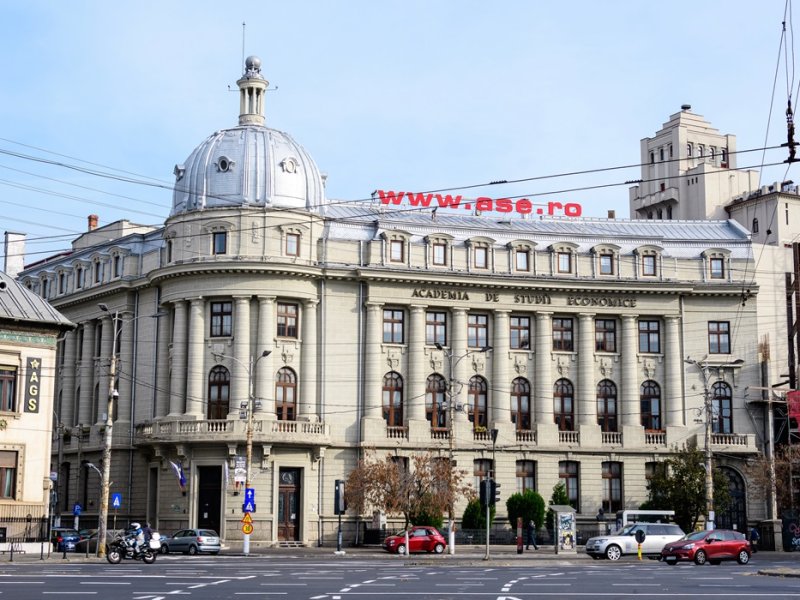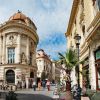ASE – A century of economic education in the heart of Bucharest

By Bucharest Team
- Articles
The Bucharest University of Economic Studies (ASE) is today Romania’s leading institution for higher economic education, an academic hub that has directly shaped the careers of generations of economists, managers, accountants, finance specialists, and experts in tourism and marketing.
Origins and evolution
ASE was founded on April 6, 1913, by royal decree, under the name Academy of Higher Commercial and Industrial Studies, the first institution in the country dedicated exclusively to economic education. The initiative came from a group of Romanian economists trained at universities in Germany, France, and England, coordinated by Nicolae D. Xenopol. The first rector, mathematician Anton Davidoglu, took the helm of an institution that, at its inception, had around 700 students and held classes in rented premises on Calea Victoriei.
Over time, ASE underwent successive transformations, in line with Romania’s political and economic changes. In 1947, it merged with the Academy of Cooperative Studies, and a year later it was reorganized along Soviet lines as the Institute of Economic Sciences and Planning. In 1967–1968, it adopted its current name, consolidating its profile as a complex institution with a broad range of economic specializations.
Faculties and academic structure
Today, ASE has 13 faculties covering all branches of economic and administrative sciences:
- Business Administration in Foreign Languages (FABIZ)
- Public Administration and Management
- Business and Tourism
- Cybernetics, Statistics, and Economic Informatics
- Accounting and Management Information Systems
- Law
- Agro-Food Economy and Environment
- Theoretical and Applied Economics
- Finance, Insurance, Banking, and Capital Markets
- Management
- Marketing
- International Economic Relations
- Bucharest Business School
FABIZ is one of the most internationalized faculties, offering complete programs in English, French, and German, attracting both Romanian and international students.
Heritage and identity
ASE’s central building, located in Piața Romană, was constructed between 1924 and 1940 and remains a landmark of interwar Bucharest architecture. The Aula Magna is adorned with the fresco “The History of Romanian Trade” by Cecilia Cuțescu-Storck, symbolizing the connection between culture and economic education.
ASE today
At present, ASE is a member of the Universitaria Consortium and maintains extensive international partnerships, facilitating student and faculty exchanges as well as participation in European research projects. Its programs are adapted to market demands, and its graduates enjoy high employment rates, including in niche fields.
By combining tradition with international openness and curricular innovation, ASE remains not only a benchmark in Romanian economic education but also a key force in shaping the generations that influence the country’s economy and public life.






























